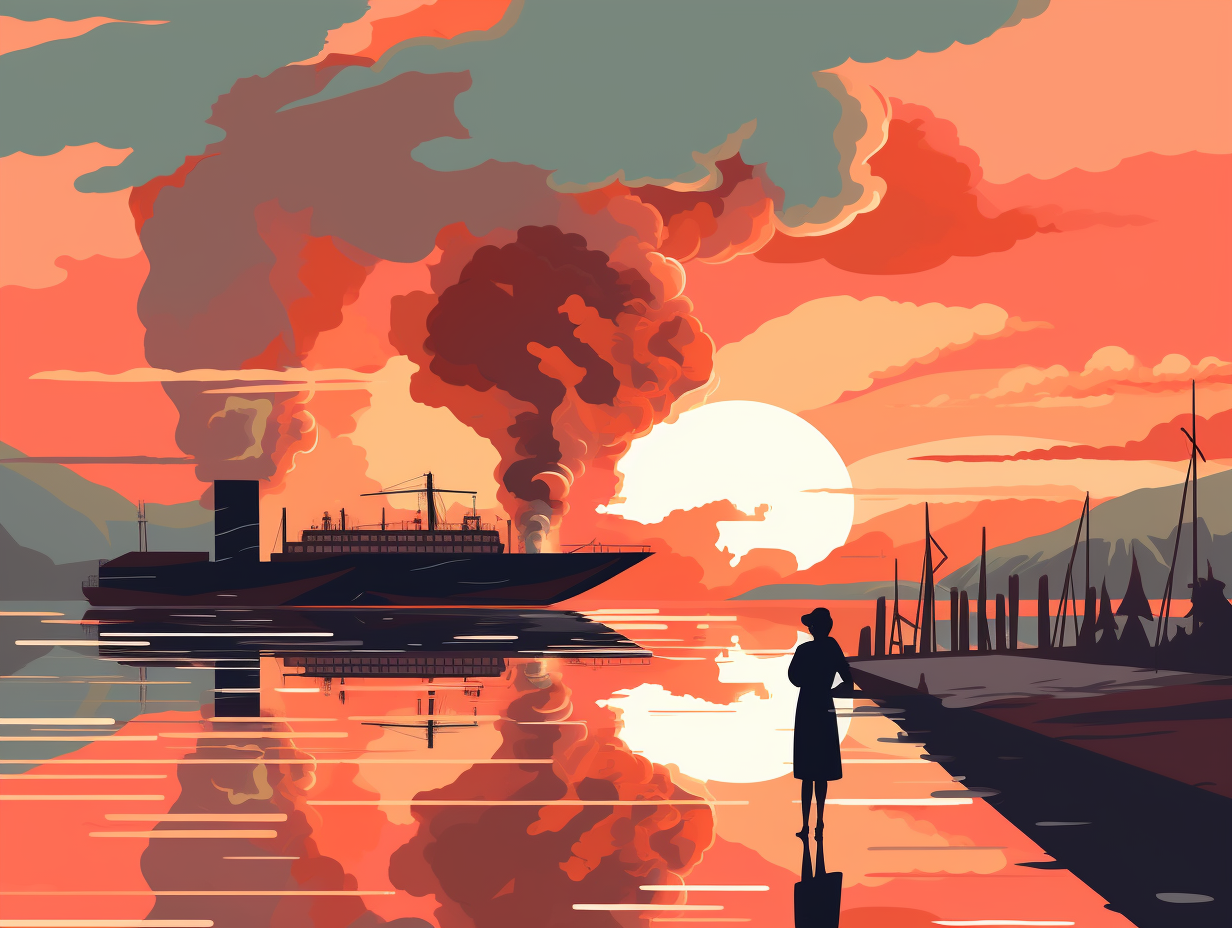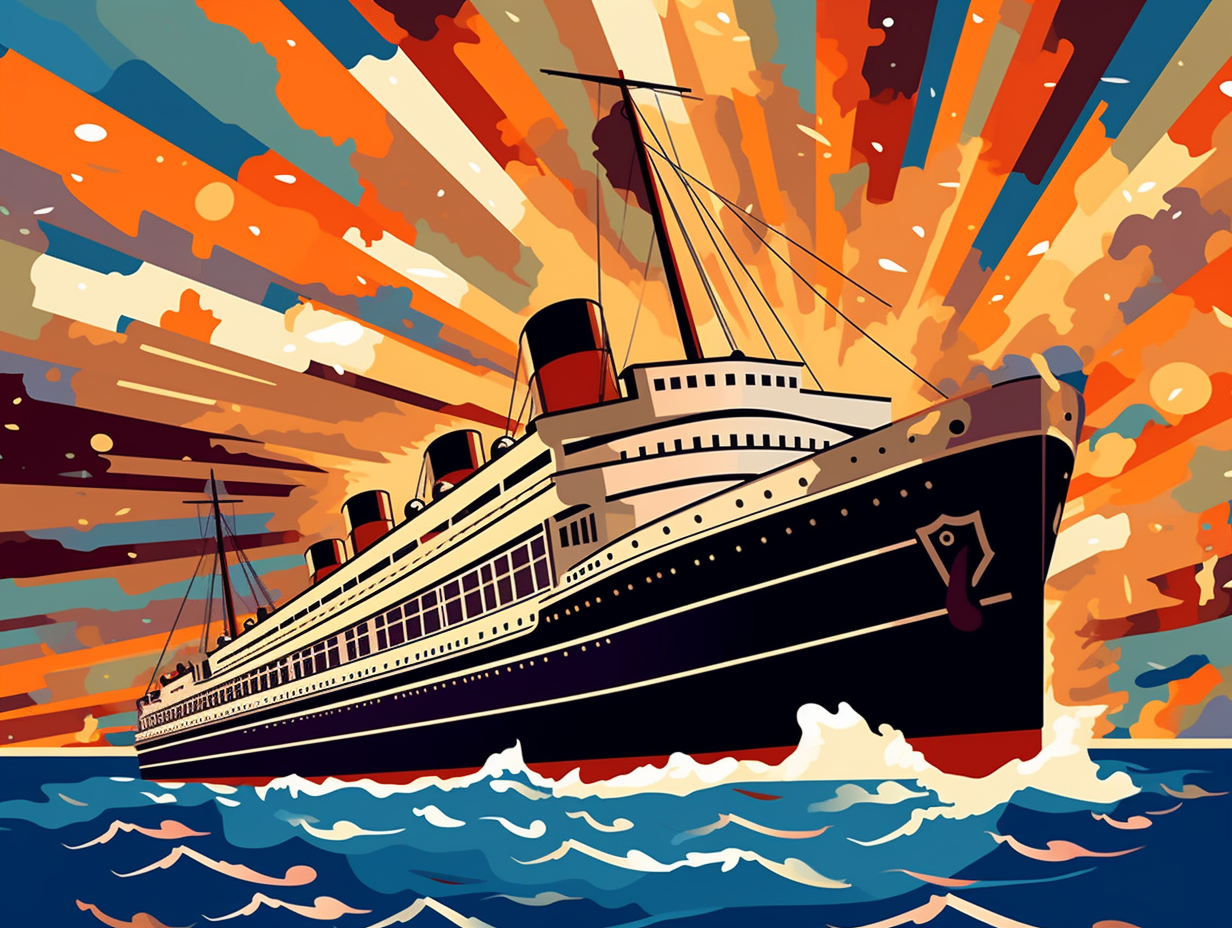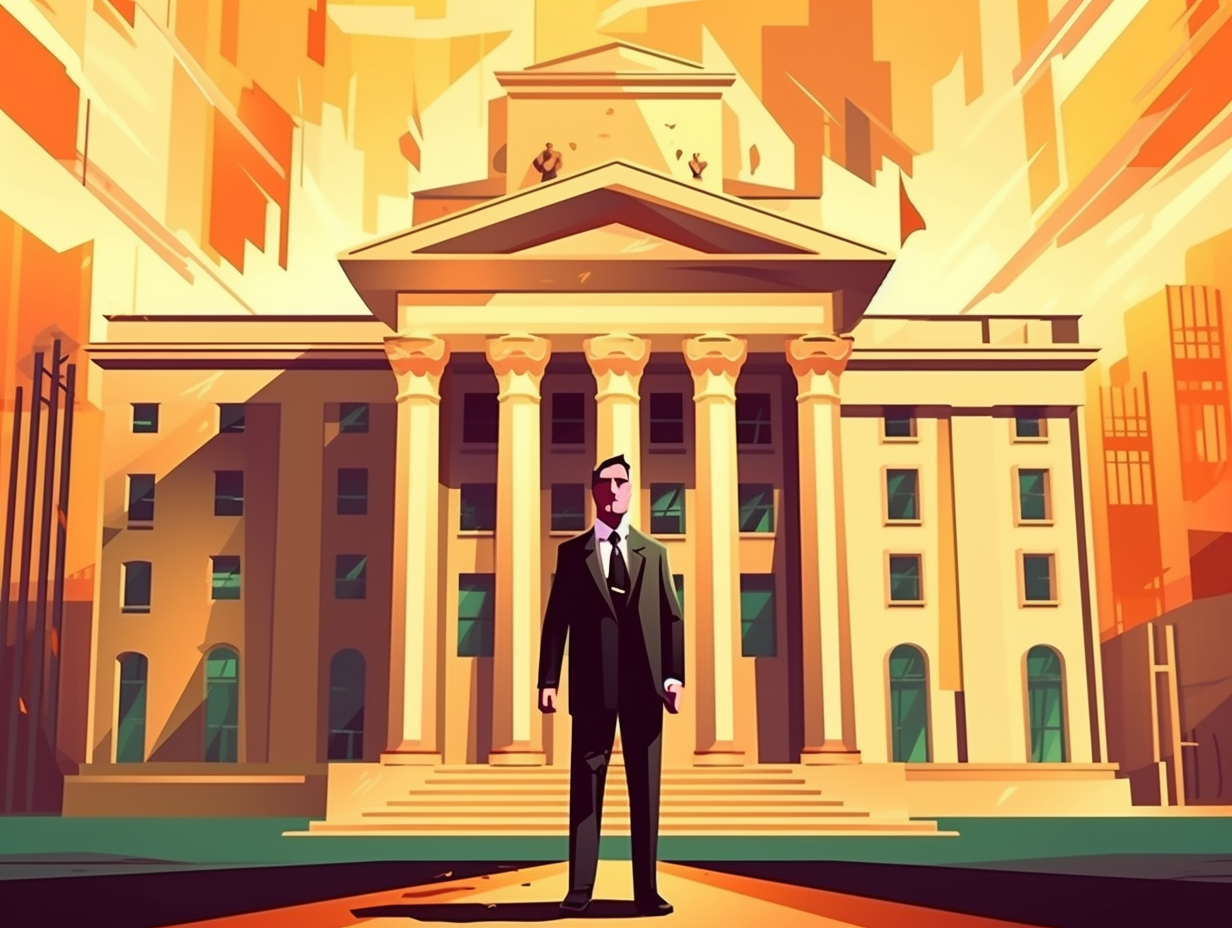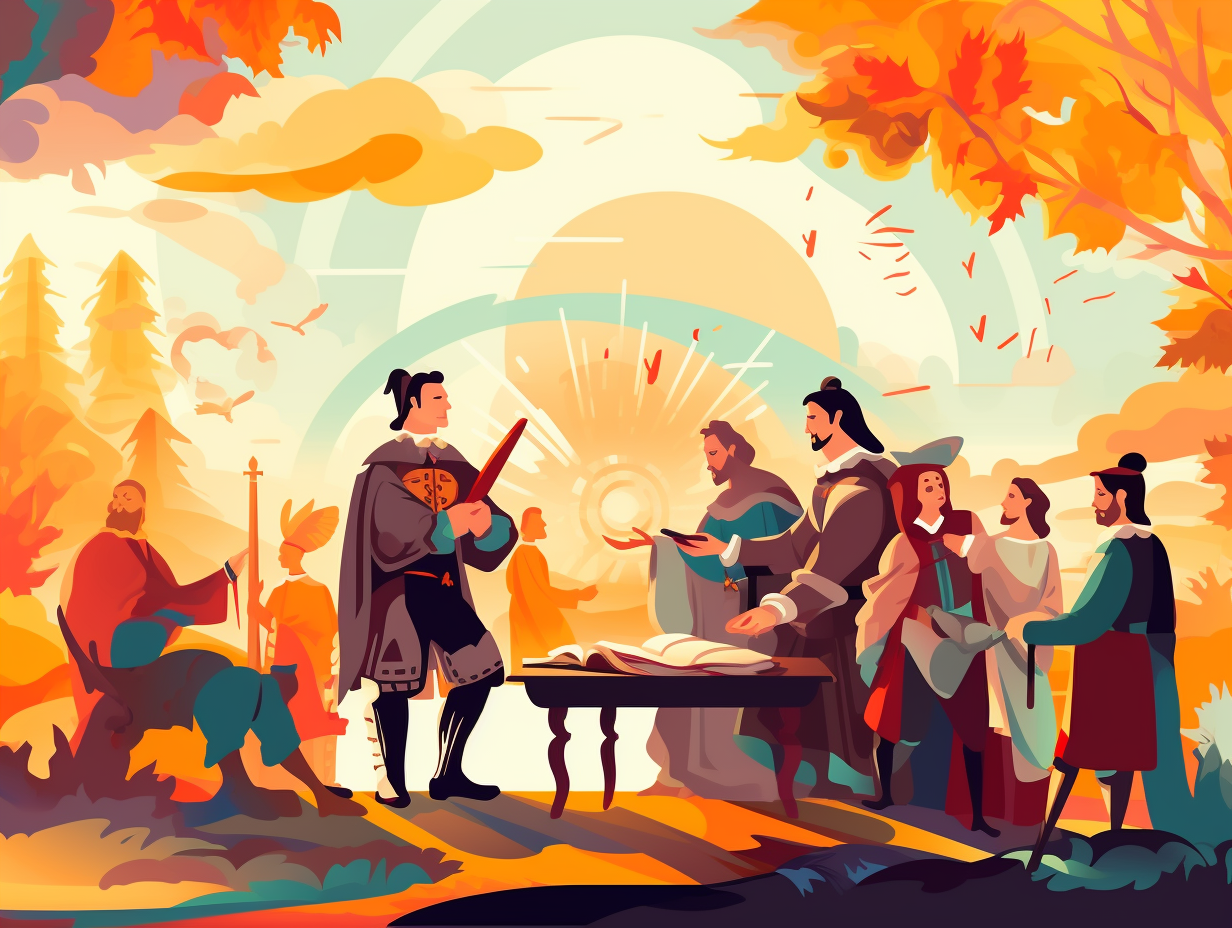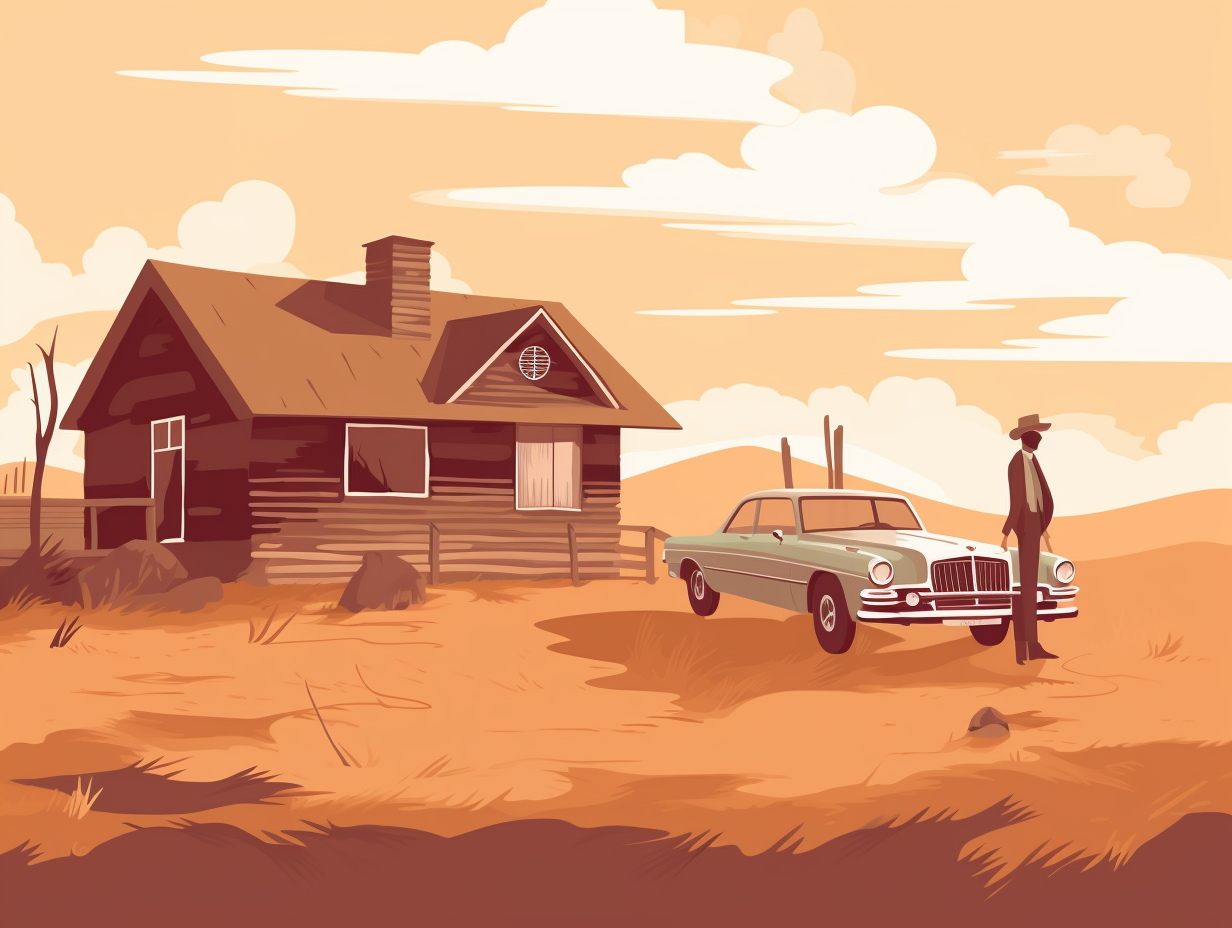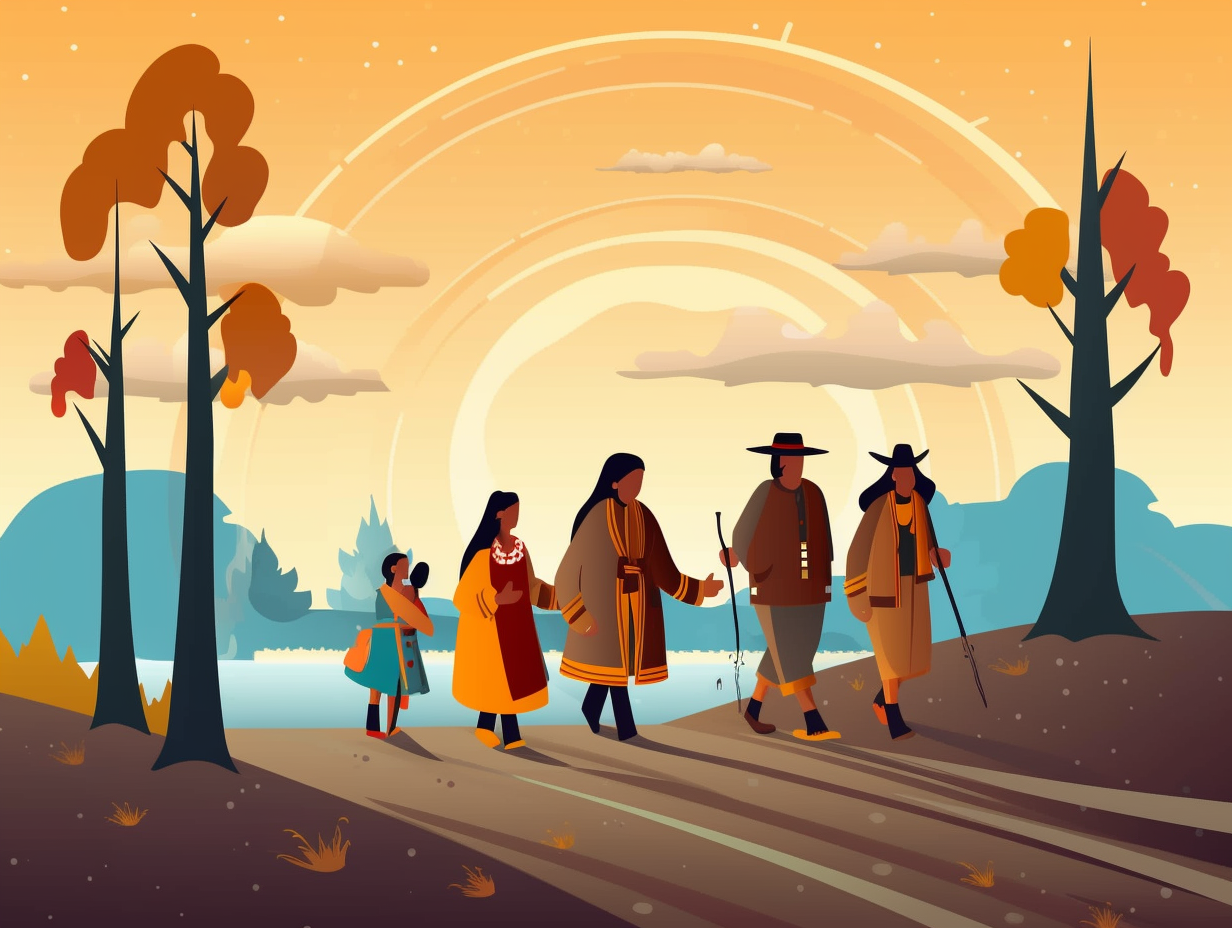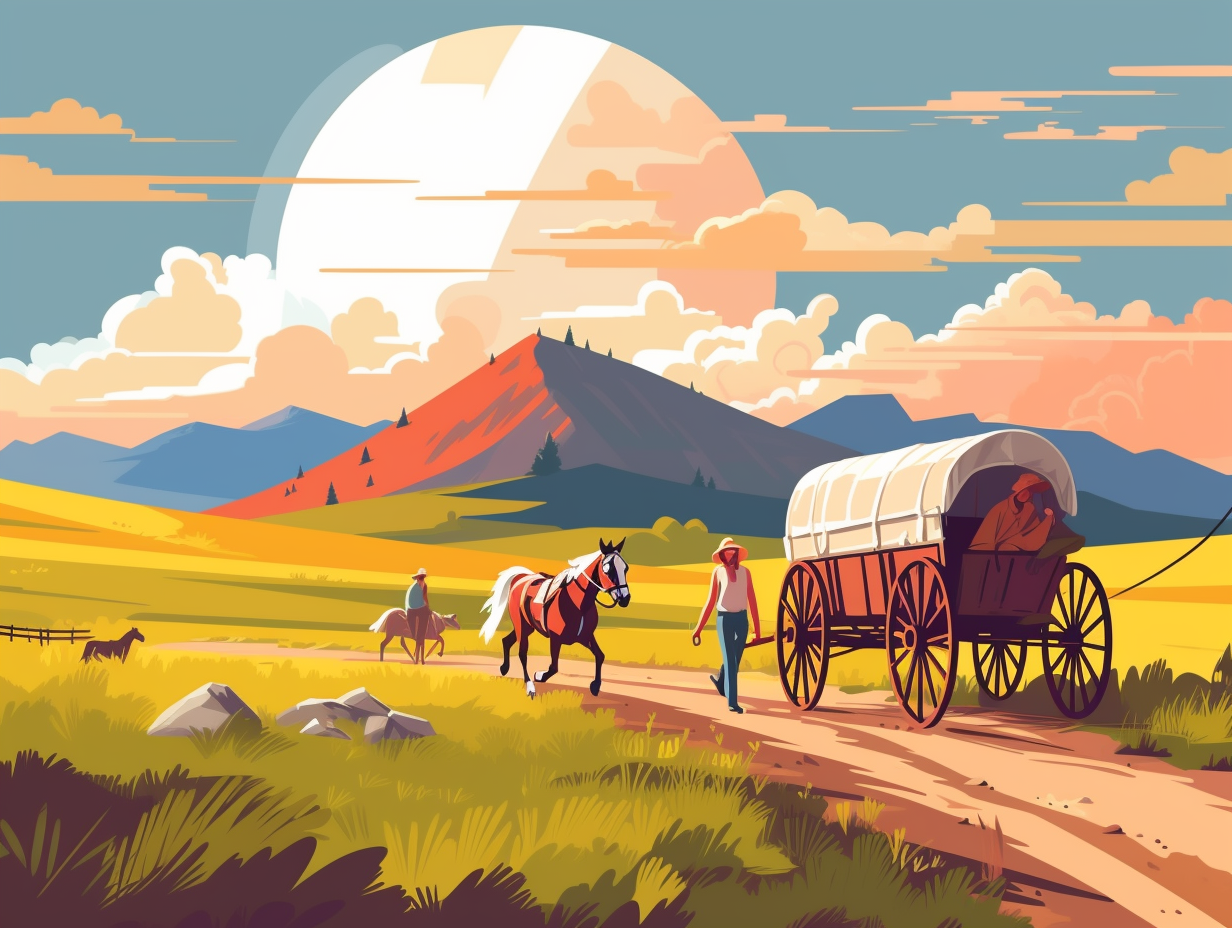Discover the Top 11 Fascinating Fun Facts About the Tohoku Tsunami: Unveiling its Hidden Stories

1. Tsunami's Worldwide Game of Tag
The Tohoku tsunami played a worldwide game of "Tag, You're It," with its watery fingers reaching out to tap over 25 countries and even saying hello to the penguins in Antarctica: The power of this disaster was so widespread that it reached coastal sea level gauges in countries all around the Pacific Rim, Antarctica, and even the west coast of the Atlantic Ocean in Brazil. However, thanks to the vigilant Pacific Tsunami Warning System, only two additional casualties were recorded outside of Japan.
Source => ncei.noaa.gov
2. Island Moved 8 Feet Eastward
You know you've had a rough day when your entire island moves 8 feet: In 2011, the Tohoku tsunami not only moved Japan's main island of Honshu eastward by 8 feet (2.4 meters), but it also caused the Pacific Plate near the epicenter to slide 79 feet (24 meters) westward, unleashed a magnitude-9 earthquake, broke off icebergs from Antarctica, sped up the Whillans Ice Stream, and produced an infrasound rumble that reached into space!
Source => livescience.com

Did you know that during the 1906 San Francisco earthquake, roads and fences literally played hopscotch, with some offsets reaching a massive 21 feet? Discover more astonishing details!
=> Fun Facts about The-San-Francisco-Earthquake-Of-1906
3. Fashionably Late Aftershock
You know what they say, "better late than never", but Mother Nature really took her sweet time with this one: One of the aftershocks from the 2011 Tōhoku earthquake rocked the region with a magnitude of 7.1 on 26 October 2013, over two years after the original seismic shindig!
Source => en.wikipedia.org
4. The Tsunami's Icy Offspring
You know what they say, with great earthquakes come great... icebergs? In a chilling twist, the formidable Tohoku tsunami gave birth to icy giants in the most unexpected crib: The 2011 Tohoku tsunami was so powerful that it caused new icebergs to break off from the Sulzberger Ice Shelf in Antarctica, with some twice the size of Manhattan! This was the first time such an event was observed, answering some frosty questions about our planet's history and the power of natural disasters.
Source => ibtimes.com
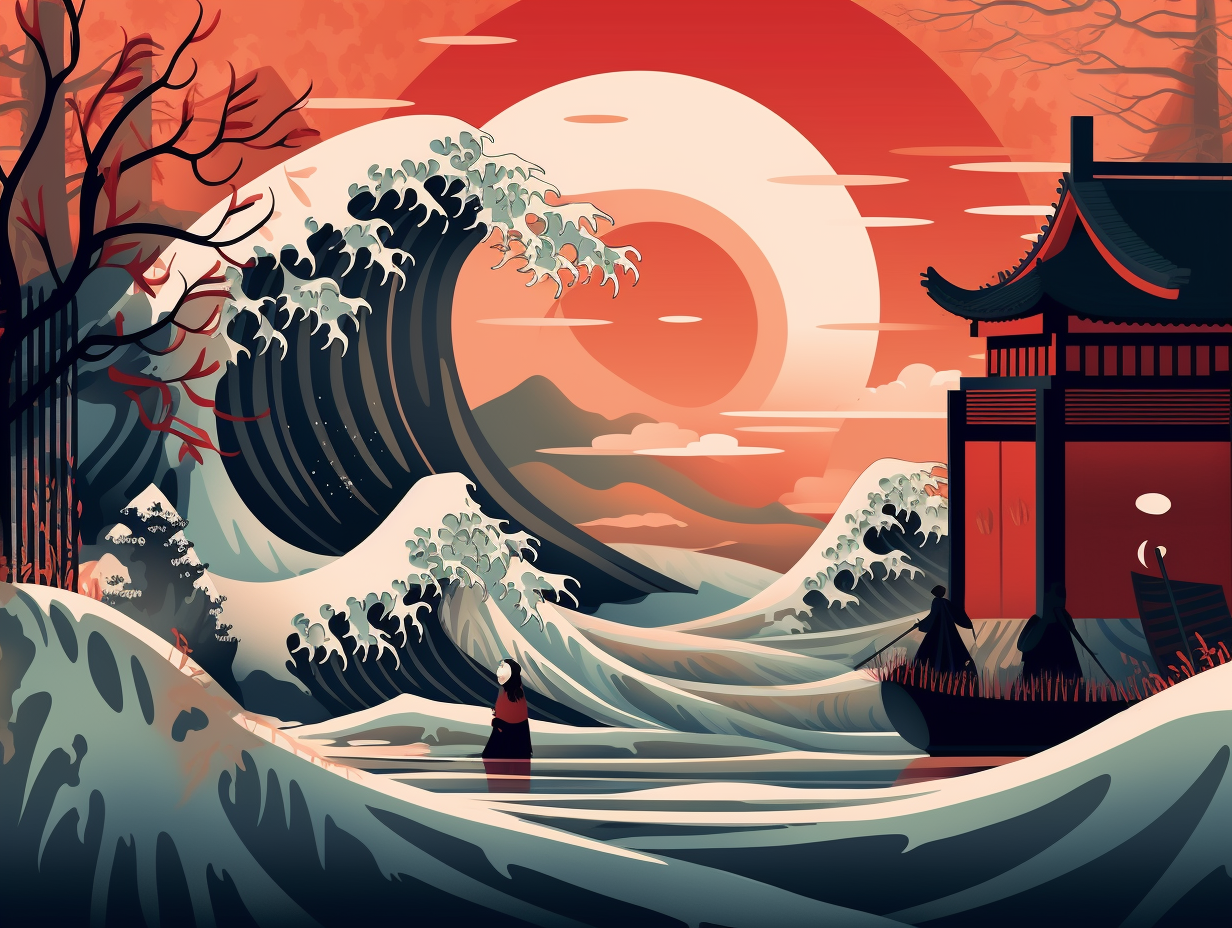
5. Tidal Wave-rager's Global Splash
It might seem like the Tohoku tsunami was a bit of an over-achieving "tidal wave-rager" that partied across the Pacific: Its impacts were recorded at coastal sea level gauges in over 25 Pacific Rim countries, in Antarctica, and even on the west coast of the Atlantic Ocean in Brazil. In its wild trek, this massive body of water threw a $31 million USD shindig in Hawaii and left a $100 million bill for damages and recovery to marine facilities in sunny California, not to mention wreaking havoc in French Polynesia, the Galapagos Islands, Peru, and Chile. Talk about leaving a splash all around the globe!
Source => ncei.noaa.gov
6. Godzilla-sized Rampage Cost
Hold on to your sushi and sashimi, folks, because Mother Nature went on a Godzilla-style rampage in Japan in 2011: The Tohoku Earthquake and Tsunami caused an insane $220 billion USD in damages, making it the most expensive natural disaster ever, destroying over 123,000 houses, damaging nearly a million more, and leaving over 18,000 people dead.
Source => ncei.noaa.gov
7. Surf's up: Record-breaking Waves
Hold onto your sushi, folks, because we're about to dive into an extreme surf sesh: The Tohoku tsunami, caused by a magnitude 9.0-9.1 megathrust earthquake, lasted a gnarly six minutes and set a new high score with waves reaching up to 40.5 meters high and crashing 10 km inland in the Sendai area. The aftermath was no beach party, with 19,759 deaths, 6,242 injuries, and 2,553 missing persons making it one of the deadliest natural wipeouts in history.
Source => en.wikipedia.org
8. Fukushima's Watery Slap
In a shocking twist, Mother Nature finally had enough of humanity's energy consumption habits and decided to give the Fukushima nuclear power plant a giant 13-to-14-meter high watery slap: The monstrous tsunami wave not only swallowed the plant's 10-meter ground level but also took out its emergency diesel generators, resulting in reactor meltdowns and a radioactive guest list no one wanted to be on.
Source => en.wikipedia.org
9. Seawalls and Forests: Tsunami Heroes
Who needs superheroes when we have seawalls and coastal forests? They team up, stand tall, and save lives from the villainous clutches of tsunamis: A study in Japan's Tohoku region discovered that seawalls over 5 meters high significantly lessen the damage and casualties wrought by tsunamis, while coastal forests heroically stave off further destruction by displacing at-risk developments. These valiant findings could provide a tsunami of support for the 10-year reconstruction project that includes building seawalls along Tohoku's Pacific coast.
Source => purdue.edu
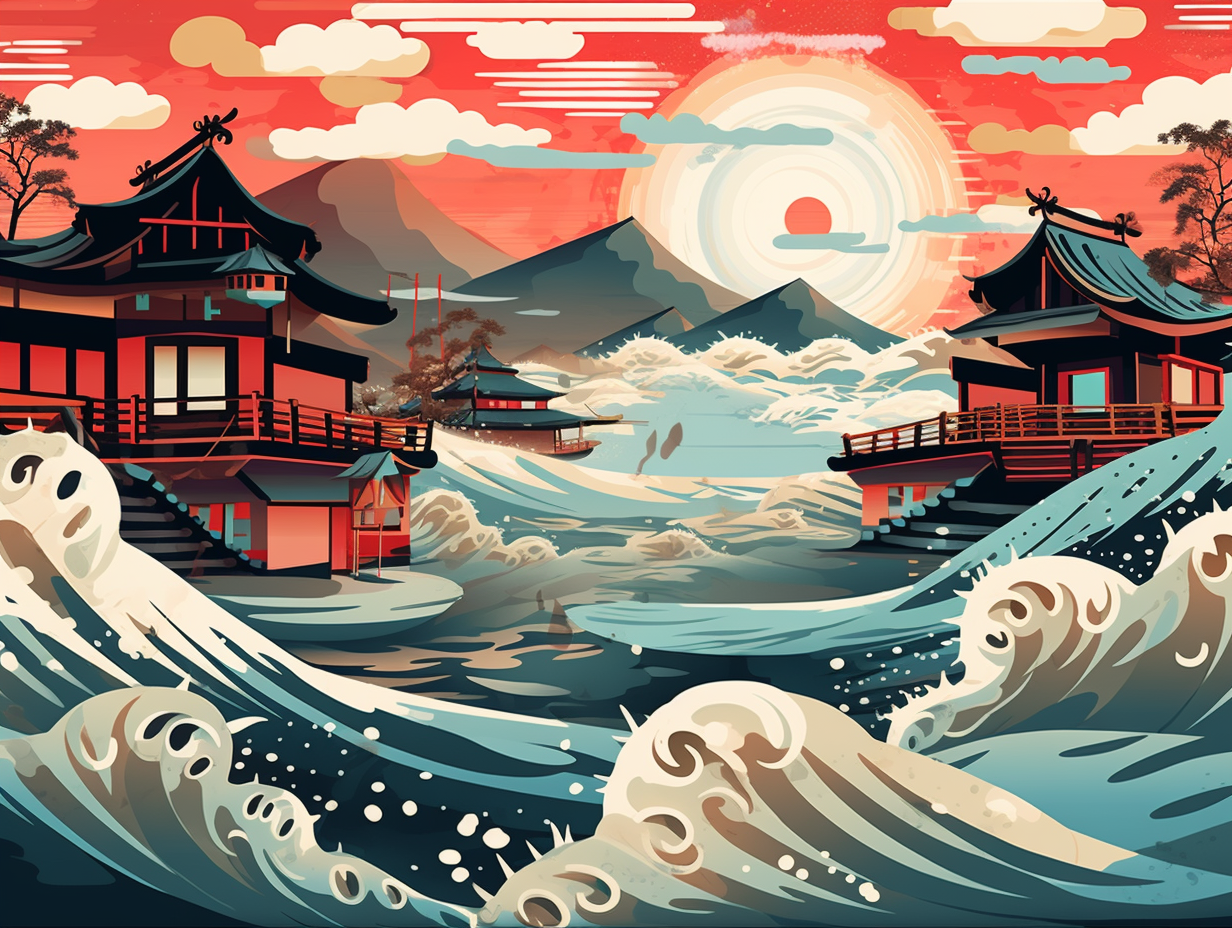
10. Mother Nature's Titanic Temper Tantrum
Mother Nature must've been having a terrible hair day when she let the Tohoku tsunami throw an epic temper tantrum in 2011: Despite advanced warning systems, tragically, more than 18,000 people perished, and thousands remain missing. On the flip-side, this cataclysmic event allowed researchers to collect invaluable info on how tsunamis impact buildings, resulting in improved building codes and mitigation strategies—a lesson that future generations can hopefully ride like a wave to safety.
Source => ncei.noaa.gov
11. Godzilla Feels Short: Tsunami Costs
The catastrophic Japanese "wave" of 2011 was so massive, it might have left Godzilla feeling short enough for a night out on the town: The Tōhoku earthquake and tsunami on March 11, 2011, clocked in at a mind-boggling $360 billion in property damage, making it the most expensive natural disaster of the 21st century, and with a death toll of 19,759, it earned the unfortunate title of being the fifth deadliest earthquake in recorded history.
Source => en.wikipedia.org
Related Fun Facts

